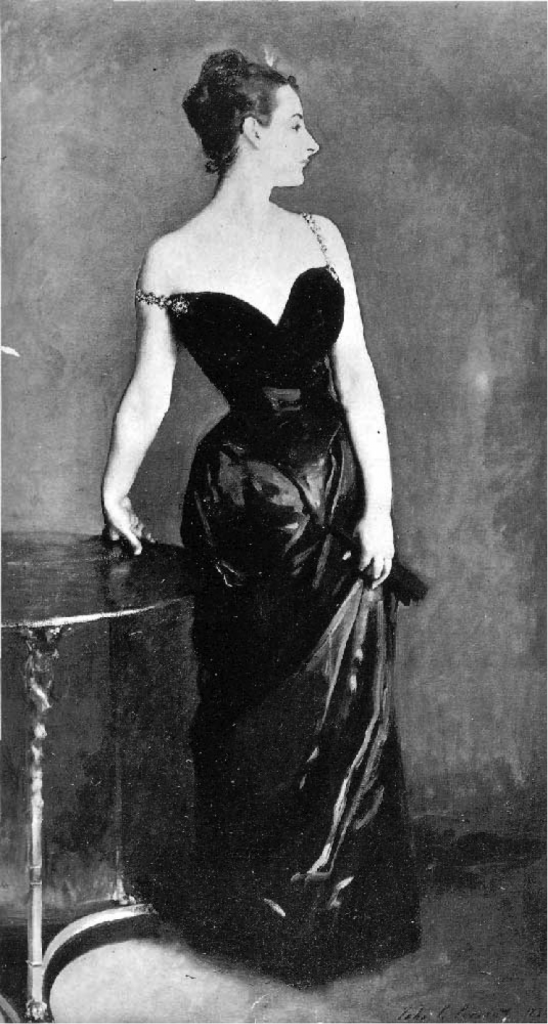In the early eighteenth century, a pocket watch could keep reasonably accurate time, give or take a minute per day. This may not sound too bad, given how we now regard even the most advanced technology of that era. But it certainly wasn’t good enough for marine navigation: each day, a ship could tolerate its clocks gaining or losing only a couple of seconds. Without proper reliable information about the time, sailors on the open sea had no way of knowing quite where they were. More specifically, the sun told them how far north or south they were, their latitude, but they didn’t know how far east or west they were, their longitude.
Theoretically speaking, the “longitude problem” was easily solvable. You could calculate it, writes Gear Patrol’s Ed Estlow, “by sighting the sun at high noon where you were, and if you had a good enough clock for the time back home, you could compare the two and, with some simple mathematics, determine your position.” But engineering such a good-enough clock in reality took about half a century. “In 1714, the British government offered the huge prize of £20,000 (roughly £2 million today) to anyone who could solve the longitude problem once and for all.” But the money wasn’t fully claimed until 1773, by a Yorkshire clockmaker John Harrison.
Harrison’s name looms large in the annals of chronometry, and not without reason. His work of inventing an accurate ship clock involved the creation of five different models, known by historians as H1 through H5. H1 was a portable version of the kind of sizable wooden clock with which he’d already made his name. It was only in with H4, in 1765, that he realized small is beautiful, or rather accurate, at least if equipped with oversized internal balance wheels to hold up more reliably against the constant movement of a ship at sea. This design worked without a hitch, but even so, the Board of Longitude only saw fit to award him half the money offered.
Neither Harrison’s solving of the longitude problem nor his receipt of a disappointingly halved prize seem to have stopped his obsession with building ever-better timekeeping devices. This comes as no surprise given the qualities of mind that emerge in “The Clock That Changed the World,” the episode of BBC’s A History of the World at the top of the post. While working on H5, Harrison “sought the support of King George III” (he of the famous madness). “The King, a natural philosopher in his own right, tested H5 himself and promised Harrison his support.” That support finally got the elderly Harrison his promised amount and then some, but one senses that — like any pursuit worthy of one’s lifelong dedication — it was never really about the money.
Related content:
How Clocks Changed Humanity Forever, Making Us Masters and Slaves of Time
How Did Cartographers Create World Maps before Airplanes and Satellites? An Introduction
Based in Seoul, Colin Marshall writes and broadcasts on cities, language, and culture. His projects include the Substack newsletter Books on Cities, the book The Stateless City: a Walk through 21st-Century Los Angeles and the video series The City in Cinema. Follow him on Twitter at @colinmarshall, on Facebook, or on Instagram.





